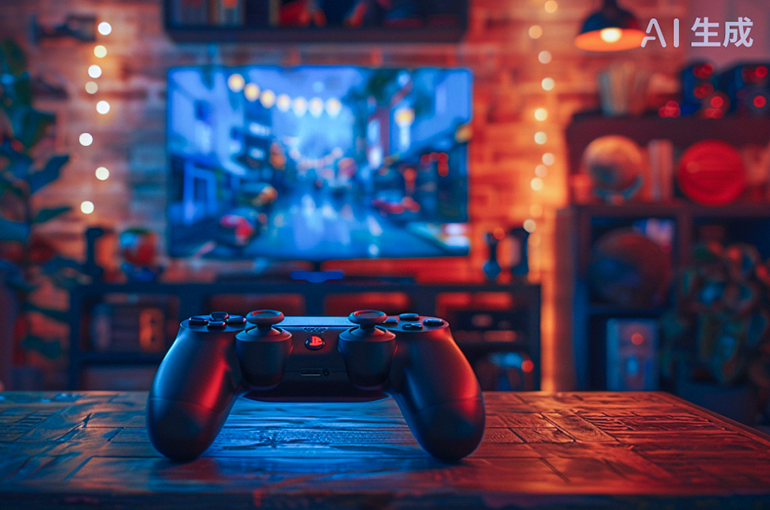 AI Transforms Video Game Development in China, Slashing Production Times
AI Transforms Video Game Development in China, Slashing Production Times(Yicai) Oct. 23 -- Artificial intelligence has become a game-changer for the video game industry, with Chinese developers exploring new production methods such as AI agents that can quickly generate complete games.
“The landscape has changed dramatically,” said Lin Rui, art director at Shengqu Games, in an interview with Yicai. Previously, artists just wanted AI to help with drawing, and composers wanted it to help with music, but now some startups in the industry are already exploring complex AI applications, such as agents that can quickly generate full games. These tools are currently in development, the art director at the company behind games such as The Legend of Mir 2 and The World of Legend added.
“About 70 percent to 80 percent of the workload in game development is related to processing art assets, with two major components being animation and model creation,” Liu Qishen, product lead at Tencent Games’ R&D efficiency and capability department, told Yicai. Tencent previously launched VisVise, a full-stack AI creation solution that includes AI-powered skinning and animation tools, covering multiple stages of the game production pipeline.
According to Liu, in the rigging process for animation, skinning accounts for 70 percent to 80 percent of the workload and is a highly labor-intensive stage. “Work that originally took one and a half to three and a half days can now be completed in one to three hours with our AI tools, saving 70 percent to 90 percent of manual labor,” the product manager added.
Tencent has already measured the efficiency gains from AI in its internal projects. According to company data, the character animation production cycle for its Photon Studios was shortened by 40 percent. In another project team, the time for prototyping and validating character abilities was reduced from two weeks to just three days.
Liu told Yicai that these tools are already being used in Tencent’s flagship internal projects and have also been made available to external companies. Including Perfect World and Kuro Games, more than 50 external companies are now using these tools. The company is also expanding its overseas business, offering trials of these tools to leading game companies in Japan, South Korea, and Europe.
Limitations in Premium 3D Games
A year ago, Lin Rui observed AI primarily replacing some 2D art production tasks. Now, he says that the quality of 3D tools has also significantly improved, leading to a noticeable reduction in game production costs. However, based on project validations by Lin’s team, the current 3D tools are not yet suitable for creating high-quality assets, making it difficult for them to play a core role in premium game development.
“Take Black Myth: Wukong as an example; its production cost exceeded CNY300 million (USD42.1 million). For a 3D product where art costs are over CNY100 million, AI tools can handle 20 percent to 30 percent of the secondary assets, leading to cost savings in the tens of millions of yuan,” Lin analyzed.
However, Lin noted that AI cannot yet elevate someone with limited professional skills to an expert level overnight. The quality gap between an individual developer and a large, mature team remains difficult to bridge. This is why AI tools are currently more widely adopted by small and medium-sized teams. For now, most high-quality commercial projects, such as premium games, have not broadly implemented AI tools, largely to protect their reputation and ensure stability in the R&D process.
Editor: Emmi Laine